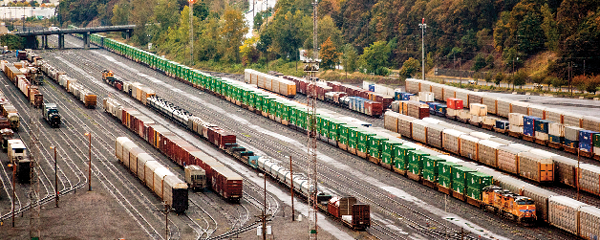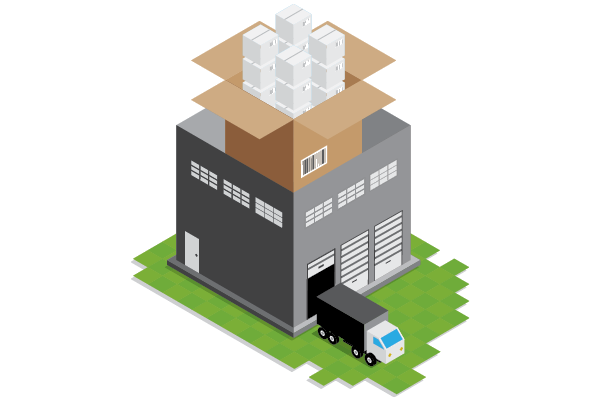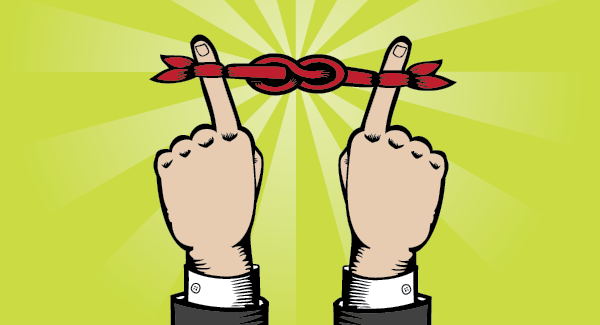Articles
H.O.W.

How to Implement a Successful Retail Omni-Channel Logistics Operation in Asia Pacific
For any U.S.-based company interested in expanding retail logistics operations outside of the country, Asia Pacific may be the most ideal location. Not only does the region offer more than 4.3 billion potential new customers, but the American brand remains highly popular among its residents. To access these buyers, companies should first focus on their […]
Read More
How to Prepare for the Food Safety Modernization Act
When President Obama signed the U.S. Food and Drug Administration’s (FDA) Food Safety Modernization Act (FSMA) in January 2011, it marked the first time in more than 70 years that the U.S. government introduced any significant legislative change to the food industry. The motive was clear: Educate and instruct public and private sectors on how […]
Read More
How to Use Real-Time Ground Conditions
Speed, safety, and reliability are paramount in today’s supply chain, and shippers and consignees want an optimal balance between all three. But it’s a difficult task as companies continue to optimize their networks, enhancing responsiveness but often increasing their risk exposure. Better demand forecasting and visibility can go a long way toward smoothing out variability. […]
Read More
How to Transform Your Supply Chain Through a 4PL Approach
When companies have a huge hill to climb in strategic business process change, radical growth they don’t know how to handle, market volatility, acquisitions, or significant supply chain performance issues, a fourth-party logistics (4PL) provider strategy can help align and direct projects with an eye toward future goals. The 4PL engagement begins with formulating a […]
Read More
How to Manage Hours-of-Service Regulations Compliance
Now that the Federal Motor Carrier Safety Administration’s Hours-of-Service (HOS) rules have entered into force, trucking companies and shippers need to account for these regulatory changes. Any company that is working in a fast-paced, time-definite shipping environment is especially vulnerable. The new HOS regulations feature two key provisions: Limitations on minimum “34-hour restarts.” Where previously […]
Read More
How to Take Advantage of Intermodal Transportation
Looming truck driver and capacity shortages, freight rate increases, Hours-of-Service and CSA regulations, and sustainability mandates are compelling many shippers to consider domestic intermodal solutions for the long haul. Perceptions are changing. There are fewer excuses and less resistance. Market constraints aside, rail services and intermodal transit times have become more dependable, making it easier […]
Read More
How to Make Driver Recruitment a Competitive Differentiator
One challenge the logistics sector faces is, well, finding new faces. While the U.S. recession largely suppressed a dormant truck driver shortage, the prospects of economic recovery are stirring old concerns. Adding to the problem, recent government mandates including the Federal Motor Carrier Safety Administration’s Hours of Service and Compliance, Safety, Accountability rules threaten to […]
Read More
How to Move Freight in Volatile Locations
Despite geopolitical upheaval, natural disasters, labor strife, war, and countless other disturbances that threaten supply chain efficiency and economy, freight still needs to move. From delivering humanitarian aid in hurricane-ravaged locations to managing mission-critical parts replenishment in remote areas and delivering heavy equipment in support of government operations, shippers need to be flexible and responsive […]
Read More
How to Reduce Costs by Integrating Packaging with Distribution Center Operations
Product packaging is often handled as a discrete supply chain function, separate from warehousing and distribution. But companies can capitalize on considerable efficiency and economy gains by driving toward greater integration of these functions. In fact, performing final packaging in the distribution center can reduce combined warehousing, logistics, and freight costs by 30 percent and […]
Read More
How to Foster a Long-Term 3PL Partnership
When companies begin working with a third-party logistics provider (3PL), they are generally looking to address a functional pain point. The partnership is transactional and fills an operational gap. But the true value of 3PL partnerships can grow infinitely greater when shippers take a long-term approach that focuses on sustainable gains rather than short-term savings. […]
Read More